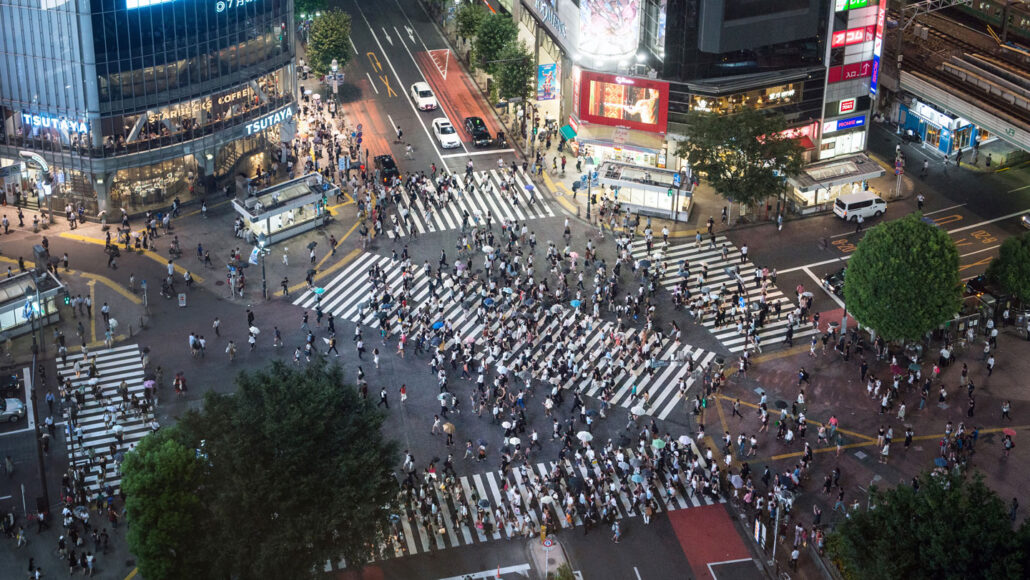Dense crowds of pedestrians shift into surprisingly orderly lines. Math explains why
New research into lane formation adds to decades of study on the wisdom of crowds

Pedestrians heading in opposite directions have long been known to form multiple parallel lines at big intersections such as Shibuya Crossing in Tokyo (shown).
Noppawat Tom Charoensinphon/Moment/Getty Images Plus